KFC has brought its plant-based chicken nuggets to restaurants nationwide, the latest in meat alternative products changing the face of the industry.



Tractors that steer themselves are nothing new to Minnesota farmer Doug Nimz. But then four years ago, John Deere brought a whole new kind of machine to his 2,000-acre corn and soybean farm. That tractor could not only steer itself but also didn’t even need a farmer in the cab to operate it.
It turns out the 44,000-pound machine was John Deere’s first fully autonomous tractor, and Nimz was one of the first people in the world to try it out. His farm served as a testing ground that allowed John Deere’s engineers to make continuous changes and improvements over the last few years. On Tuesday, the rest of the world got to see the finished tractor as the centerpiece of the company’s CES 2022 press conference.
“It takes a while to get comfortable because … first of all, you’re just kind of amazed just watching it,” said Nimz, who on a windy October afternoon described himself as “very, very interested” but also a “little suspicious” of autonomous technology before using John Deere’s machine on his farm. “When I actually saw it drive … I said, ‘Well, goll, this is really going to happen. This really will work.’”

CES wouldn’t be the Consumer Electronics Show without Razer bringing at least one prototype product to the event. This year was no different with the company using the annual trade show to unveil Project Sophia, a concept modular gaming desk. In its current iteration, the table includes room for 13 separate modules. These can be used to add components like touchscreen hotkey panels, external capture cards and audio mixers to Project Sophia, thereby allowing you to modify the station to your needs. Razer claims it’s possible to reconfigure the table “in seconds.”
The computer that powers everything is housed in a chassis that magnetically snaps underneath Project Sofia’s glass tabletop surface. Razer says it features the latest components from Intel and NVIDIA, and you can detach the case at any point to install new upgrades. Naturally, this being a Razer product, you’ll find plenty of RGB lighting, all of which you can control through the company’s Chroma software. But arguably the most eye-catching aspect of Project Sophia is the 65-inch OLED display Razer has built into the station. The company says it will also offer a model with a 77-inch display – but we’ll note here Project Sophia may never make it to market.
Looking at the rest of the concept, Razer appears to have paid less attention to ergonomics. Judging from the renders the company shared, you can’t adjust the height of Project Sophia to make it a standing desk or to better accommodate the position of a chair. And speaking of chairs, the company also unveiled a “Pro HyperSense” version of its $399 Enki gaming chair. Razer partnered with D-Box to add haptics to the chair. It will support 2,200 games, movies and TV series, including releases from publishers like Ubisoft and Microsoft. Oh, and it too will come with RGB lighting.
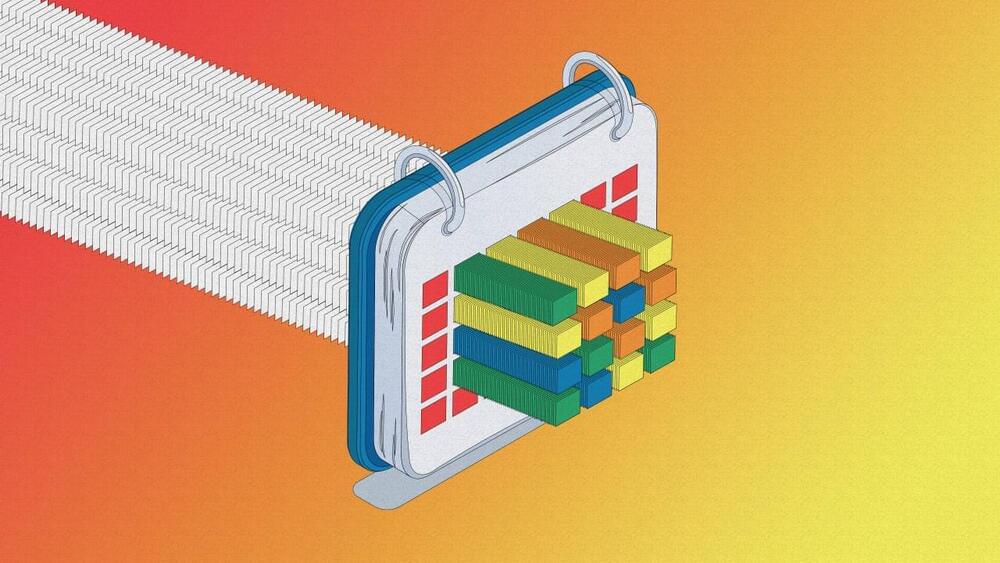

Researchers from the University of Adelaide and elsewhere have sequenced and analyzed mitochondrial DNA from fossils of cave lions (Panthera spp.) and brown bears (Ursus arctos), two megafaunal carnivorans that dispersed from Eurasia into North America during the Pleistocene, to better understand the timing and drivers of their past movement between the continents across the Bering Land Bridge. Their results reveal striking synchronicity in the population dynamics of Beringian lions and brown bears, with multiple waves of dispersal across the Bering Land Bridge. The evolutionary histories of these two megafaunal animals underline the crucial biogeographical role of the Bering Land Bridge in the distribution, turnover and maintenance of megafaunal populations in North America.
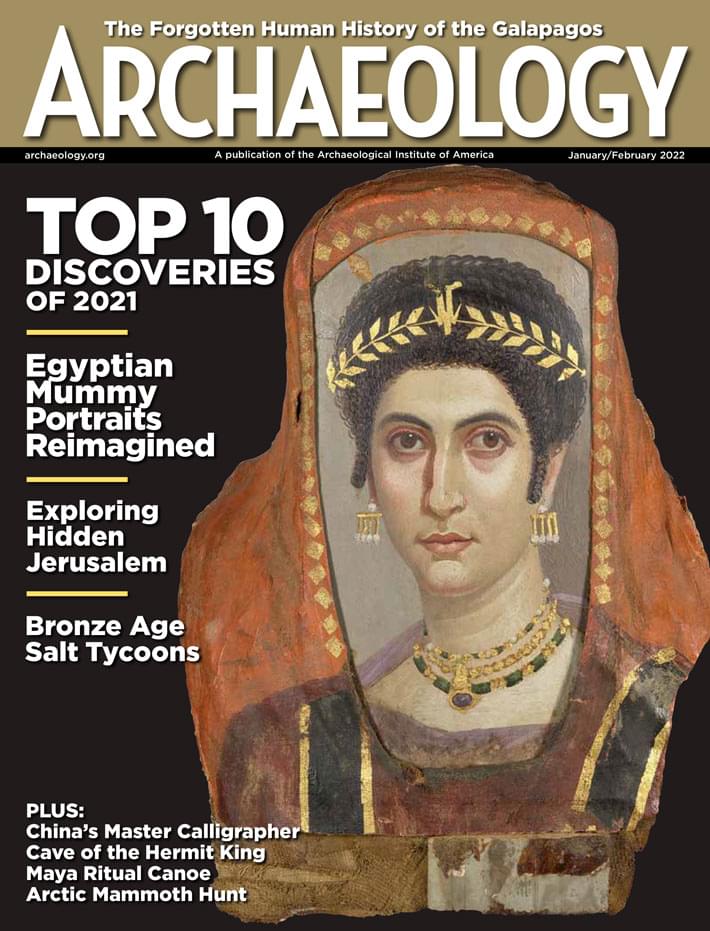
For the first time, astronomers have detected a newborn star and the surrounding cocoon of complex organic molecules at the edge of our Galaxy, which is known as the extreme outer Galaxy. The discovery, which revealed the hidden chemical complexity of our Universe, appears in a paper in The Astrophy.
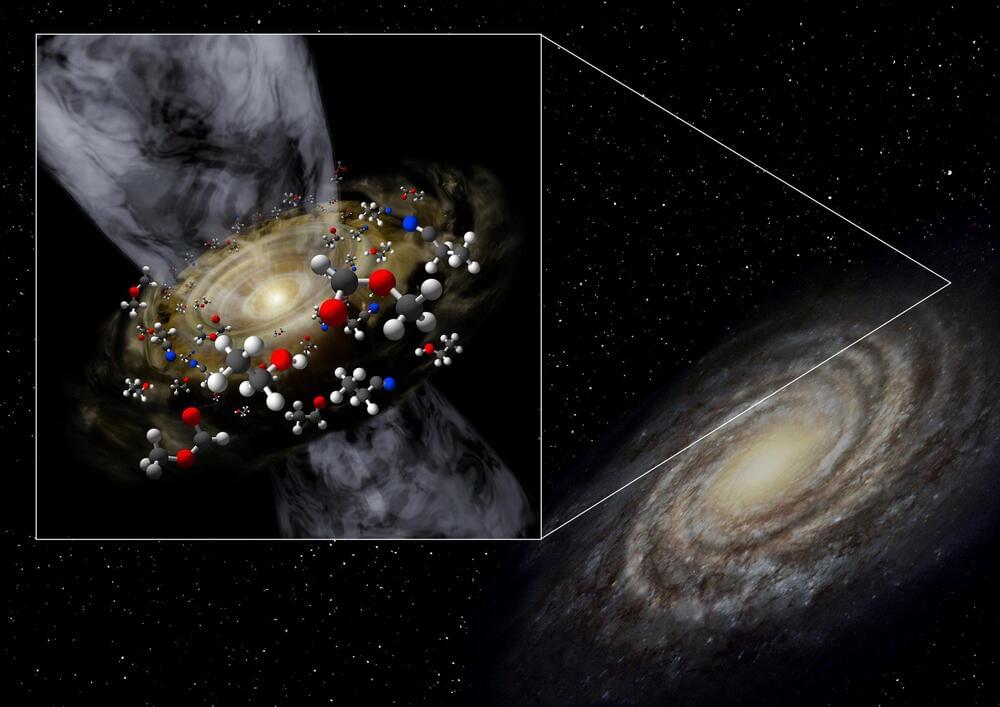
For the first time, astronomers have detected a newborn star and the surrounding cocoon of complex organic molecules at the edge of our Galaxy, which is known as the extreme outer Galaxy. The discovery, which revealed the hidden chemical complexity of our Universe, appears in a paper in The Astrophysical Journal.
The scientists from Niigata University (Japan), Academia Sinica Institute of Astronomy and Astrophysics (Taiwan), and the National Astronomical Observatory of Japan, used the Atacama Large Millimeter/submillimeter Array (ALMA
The Atacama Large Millimeter/submillimeter Array (ALMA) is the largest ground-based facility for observations in the millimeter/submillimeter regime in the world. ALMA comprises of 66 high-precision dish antennas of measuring either 12 meters across or 7 meters across and is an international partnership between Europe, the United States, Japan and the Republic of Chile.
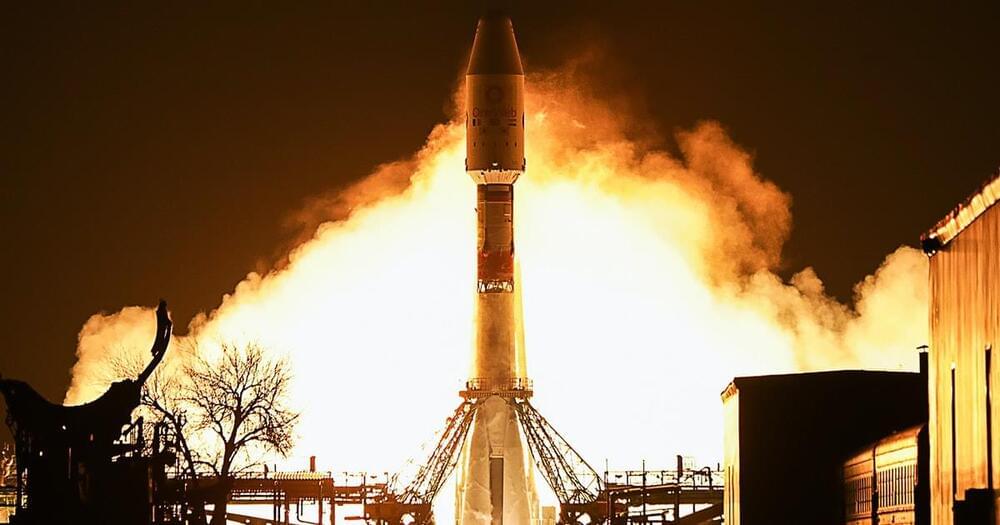
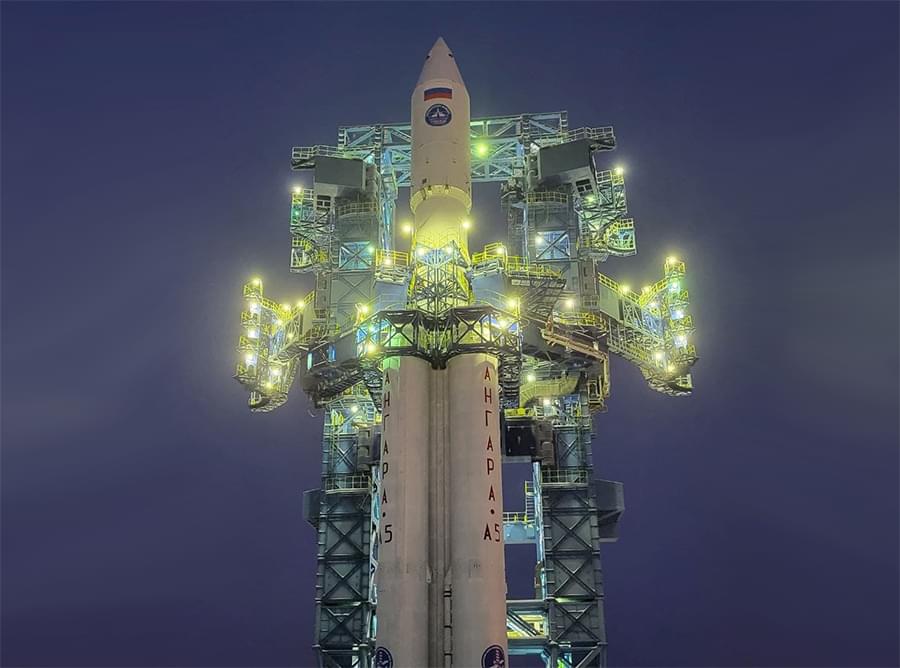
An updated forecast released today suggests that an out-of-control Russian tumbling back towards Earth could strike on Wednesday afternoon. In an updated forecast shared by Joseph Remis on satflare.com and Twitter, it shows the rocket re-entering around 12:44pm ET on Wednesday, January 5. Because the rocket is uncontrolled and could shift around erratically as it enters the Earth’s atmosphere, impact could occur +/- 7 hours of that estimated strike time. Returning to Earth in an out-of-control manner is the Persei upper stage rocket which carried a dummy payload into space as part of Russia’s Angara A5 rocket test.
On December 27, the Russian Angara A5 rocket lifted off from the Plesetsk Cosmodrome. Named after a river in Siberia, the Angara rocket is the first heavy-lift launch vehicle used by the Russians in decades. The December 27 launch was the third test flight of the giant rocket. While the launch was flawless, an upper-stage rocket failed to successfully fire.
While the Angara’s first two stages fired as planned, the third stage, a Persei rocket, failed to fire a second time. While the first fire helped put the dummy payload it was carrying into low-Earth orbit, the failure of the second fire failed to put the dummy payload into a geostationary orbit. Instead, the 20 ton mass is tumbling out of control to Earth. While Roscosmos shared pictures and a congratulations message before and immediately after the Angara launch, they’ve offered no comment on the Persei rocket and the failure for it to fire, deferring instead to the Russian military which was responsible for the launch. As of press time, the Russian military has offered no comment on this rocket.
Unlocking The Secrets Of Salamander Regeneration For Regenerative Therapies — Dr. Maximina Yun, Ph.D., CRTD / Center for Regenerative Therapies TU Dresden, Technische Universität Dresden.
Dr. Maximina Yun, Ph.D. (https://tu-dresden.de/cmcb/crtd/forschungsgruppen/crtd-forsc…oup-leader) is Research Group Leader at the Center for Regenerative Therapies Dresden (CRTD), Technical University Dresden, jointly affiliated with Max Planck Institute for Molecular Cell Biology and Genetics (MPI-CBG).
Dr. Yun and her group (https://tu-dresden.de/cmcb/crtd/forschungsgruppen/crtd-forschungsgruppen/yun) study the cellular and molecular basis of regeneration of complex structures with the help of salamanders (like newts and axolotls) and these vertebrates exceptional regenerative abilities, which in contrast to humans, are capable of regenerating complex tissues, and even entire organs, to a remarkable extent. Therefore, they offer unique insights into what molecular mechanisms must be in place for achieving quasi-perfect regeneration.
Research in the Yun group focuses on three main areas: describing cellular and molecular mechanisms driving regeneration (Mechanisms underlying the plasticity of the differentiated state), their connection with cellular aging (Role and regulation of senescence in regeneration), and the role that the immune system plays in regenerative context.
The research in the Yun group combines advanced molecular biology methods with state-of-the-art microscopy. Most recently the group has established Salamander-Eci, a novel method that enables the three-dimensional visualization of salamander tissues for a more comprehensive understanding of regenerative processes.